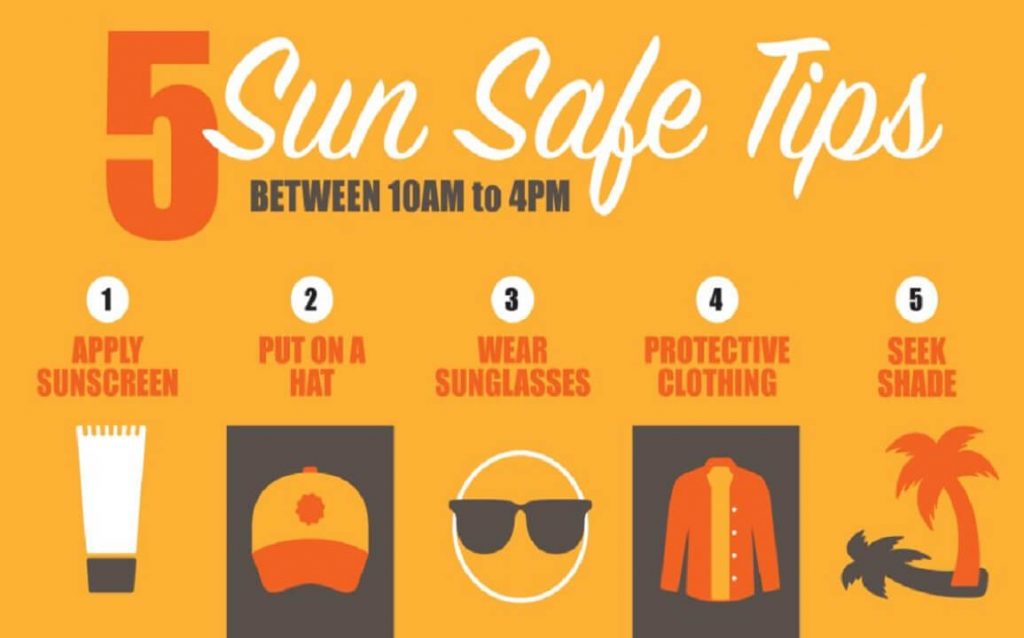Summer is right around the corner which means warm weather, swimming, spending more time outdoors and a lot of sunshine. Being in the sun has benefits, such as providing Vitamin D that is needed for strong bones and a healthy immune system. However, protecting skin from the sun’s harmful rays is equally important.
Sunscreen is essential for summertime activities. It is important to keep skin healthy to prevent illness and damage to internal structures. Skin is the body’s largest organ and is in contact with everything. Skin protects muscles, bones, organs, and keeps the body at the right temperature. Too much sun can damage skin and increase the risk of skin cancer. It can also make skin age and inhibit the body’s infection fighting ability.
This is especially important for kids. One bad burn when someone is young doubles the risk of skin cancer in adulthood. Children receiving chemotherapy or radiation may also have an increased sun sensitivity which makes sunscreen even more important. Set a good example! Practice sun safety so your child will, too.

Stay protected by following these tips:
- Apply sunscreen with a SPF (sun protection factor) of 30 or more 15 to 20 minutes before sun exposure
- Apply sunscreen in a thick layer and reapply every two hours and after swimming
- Limit time in the sun and avoid exposure during late morning, midday and early afternoon when the sun is strongest
- Have children wear a hat and apply sunscreen to ears and the back of the neck
- Wear UV-protective sunglasses
- Wear protective clothing like long-sleeved shirts and pants, when appropriate
- Do not use indoor tanning beds – they have the same dangerous UV rays as natural sun exposure
- Replace sunscreen every two years if not sooner
Skin protection is not just for summertime. It is just as important to practice sun safety during winter and on cloudy days. Snow can reflect up to 90% of the sun’s rays, so sunburn can occur when sledding or skiing. The sun’s rays are at their strongest between 10 am and 3 pm even when the weather is cold and hazy.
Skin cancer warning signs:
Skin
While most skin moles are harmless, those that appear suddenly, have an irregular border, changes in color, shape, size and/or is itchy or bleeds should be brought to a doctor’s attention immediately. Those who have received radiation treatment are at a higher risk of skin cancer and should see a doctor for regular skin checks. Be especially aware of moles on areas of the body that received radiation.
As the days grow longer and the weather warms up, enjoy time outside but don’t forget the importance of sunscreen. The road to skin cancer begins in childhood but it’s never too late to start protecting one’s skin.

